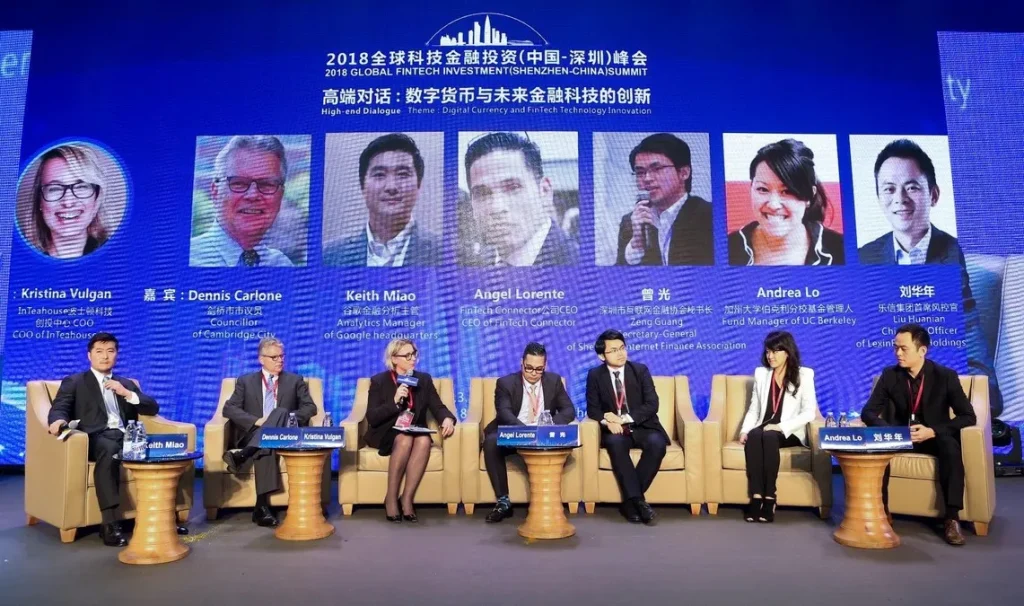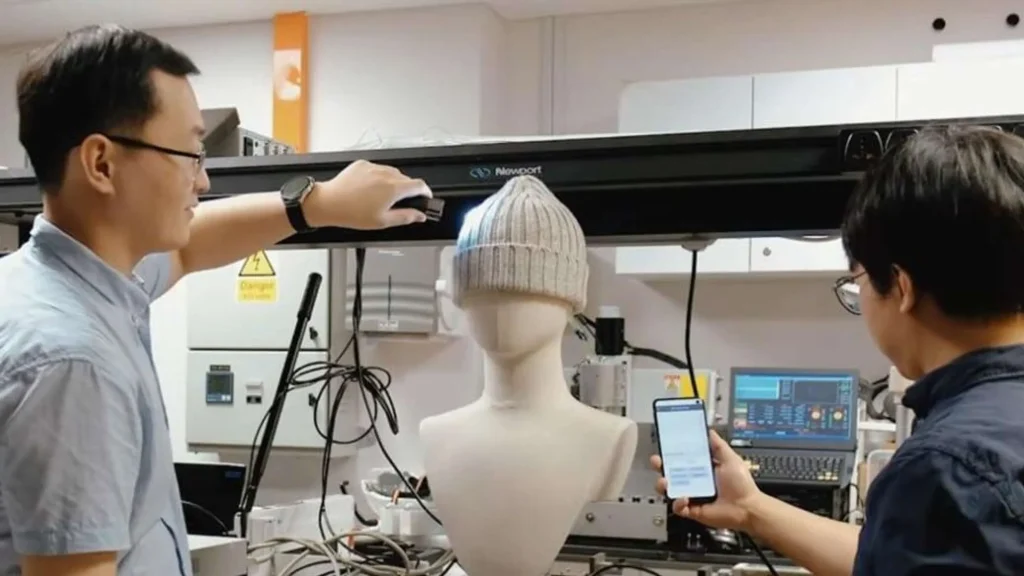The Next 30 Under 30: How Young Innovators Are Shaping Future China

Introduction
China’s tech and innovation landscape is being reshaped by a new generation of entrepreneurs and researchers recognized in the “Next 30 Under 30” list for 2025. These young leaders, working in AI, fintech, semiconductors, biotech, and clean energy, are driving technological breakthroughs, fostering startups, and influencing policy adoption. Analysts highlight that nurturing these innovators is critical for maintaining China’s global competitiveness in emerging technologies.
Selection Criteria and Innovation Focus
The 2025 “Next 30 Under 30” list, compiled by ChinaCrunch and industry partners, identifies innovators based on technological impact, market potential, and contribution to strategic sectors. Selected individuals include AI researchers developing explainable AI models, fintech entrepreneurs building secure payment platforms, and semiconductor engineers advancing next-generation chip designs.
According to Caixin, 55% of the 2025 honorees are leading startups or R&D projects that have secured venture funding exceeding $50 million, signaling strong investor confidence in their technology and market viability. Analysts note that highlighting young talent encourages both domestic and international recognition, attracting partnerships, funding, and cross-border collaboration opportunities.

Market Impact and Startup Ecosystem
The honorees’ work has a tangible impact on China’s tech ecosystem. Startups led by these innovators are deploying AI in logistics optimization, predictive healthcare analytics, and autonomous vehicle software. Fintech founders are launching secure digital payment platforms and algorithmic trading tools, while semiconductor innovators are accelerating chip development for AI and cloud applications.
Analysts report that the combined market capitalization of startups led by these 30 innovators exceeds $2.1 billion, reflecting both technological promise and investor confidence. Nikkei Asia notes that this funding surge supports R&D, market expansion, and talent acquisition, ensuring that young innovators can scale their solutions globally.
Funding and Sector Distribution of 2025 “Next 30 Under 30” Honorees
According to Caixin, 55% of honorees lead startups or R&D projects with venture funding exceeding $50 million. A professional chart illustrating sector distribution shows that 40% of honorees are in AI & Cloud, 25% in fintech, 20% in semiconductors, and 15% in biotech and clean energy. This data highlights the focus areas of China’s emerging technology leaders and the concentration of investment in high-impact sectors.
Global Relevance and Collaboration
Many honorees are already establishing international partnerships. AI startups are collaborating with Southeast Asian and European research labs, fintech innovators are integrating with cross-border payment networks, and semiconductor engineers are exchanging knowledge with overseas foundries. Analysts note that these collaborations expand China’s global technological influence while providing startups with access to talent, funding, and new markets.
The recognition also facilitates cross-border recruitment. Talented engineers and researchers are drawn to high-potential startups, fostering a robust pipeline of human capital for critical technology sectors. Analysts highlight that young innovators play a pivotal role in sustaining innovation and global competitiveness for China’s tech ecosystem.

Expert Views
Dr. Zhang Li, a technology policy analyst at Tsinghua University, stated, “The ‘Next 30 Under 30’ list showcases how young talent is accelerating innovation in strategic sectors. Recognizing these individuals not only rewards achievement but also signals China’s commitment to developing global technology leaders.”
Industry experts emphasize that these innovators influence policy adoption by demonstrating the practical applications of AI, fintech, and semiconductor technologies. Their projects provide benchmarks for regulatory compliance, operational scalability, and ethical deployment of emerging technologies. Analysts suggest that the success of these young leaders will shape both industry standards and investment trends for the next decade.
Strategic Implications
Highlighting young innovators aligns with China’s broader strategy to secure leadership in AI, fintech, semiconductors, and biotech. By nurturing emerging talent, China ensures sustained technological advancement, global competitiveness, and economic growth. Analysts note that these innovators help integrate domestic research with international markets, enabling China to influence global technology ecosystems.
Startups led by the honorees are often early adopters of cutting-edge technologies, including AI-driven predictive analytics, cloud-based financial systems, and next-generation chips. By demonstrating scalability and market viability, they attract foreign partners and investors, reinforcing China’s technological influence abroad.
Conclusion
The 2025 “Next 30 Under 30” list highlights a generation of young innovators shaping the future of China’s technology and economy. Funding data and sector distribution indicate strong investor confidence, while international collaborations extend China’s global influence. Analysts conclude that nurturing these leaders strengthens domestic innovation pipelines, accelerates global competitiveness, and ensures that China remains at the forefront of AI, fintech, semiconductors, and emerging technologies.






